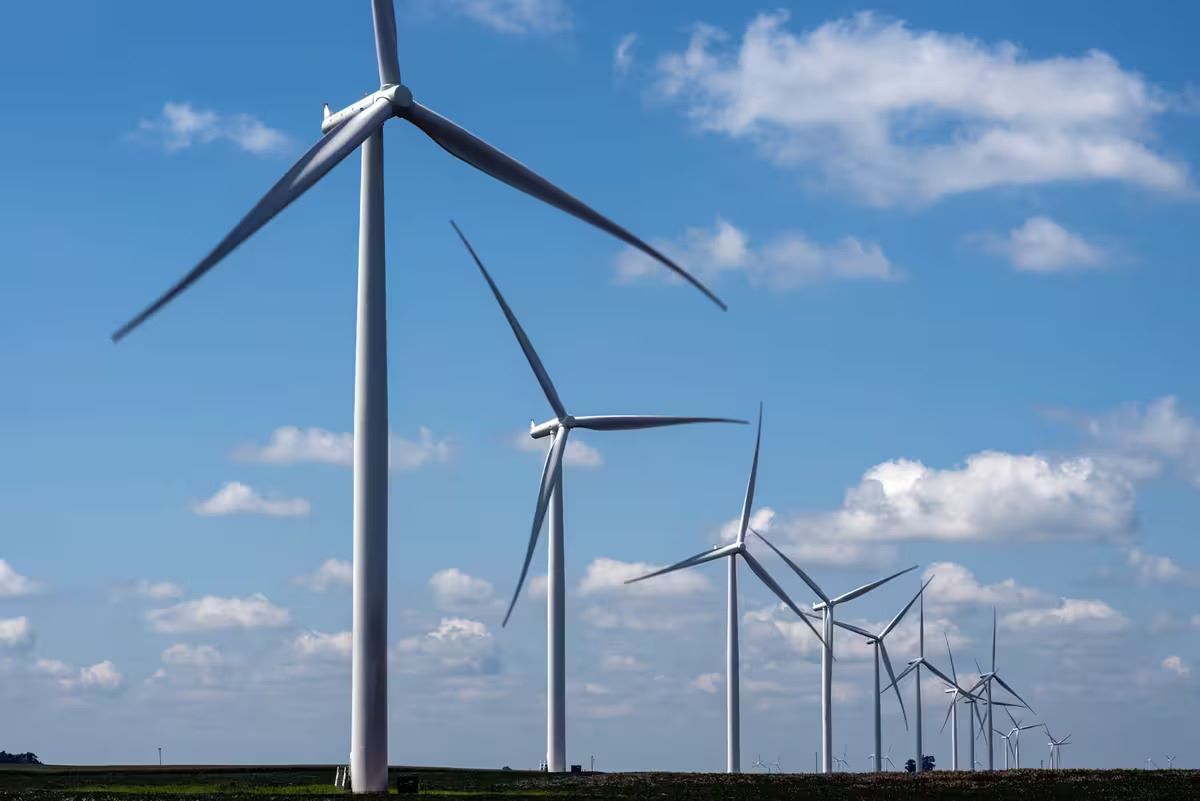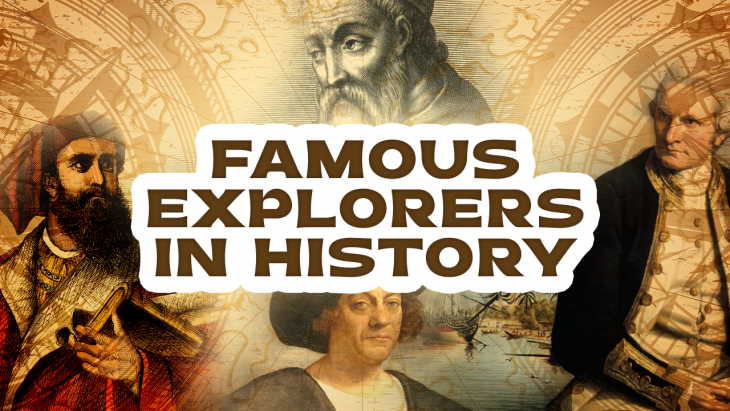
In pre-modern times, people on different sides of the world barely knew about other nations and cultures. All this changed thanks to the famous explorers of the Age of Discovery. Let’s look at the pioneering explorers first with this list of the most famous explorers in history!
Abel Tasman

A Dutch explorer who lived in the 17th century, he served as a captain under the Dutch East India Company. He became especially famous for his voyages in 1642 and 1644 to the South Pacific Ocean. In these voyages, he discovered Fiji, New Zealand, and Tasmania. Now, Tasman did not actually name Tasmania after himself. In fact, he originally named the island Van Diemen’s Land after his corporate sponsor, Anthony van Diemen. It wasn’t until 1856 that the island gained its modern name under British rule.
Ironically, despite his historical accomplishments, the Dutch East India Company found Tasman’s discoveries disappointing. This resulted from the lack of easily-exploited resources or opportunities for large-scale trade. Tasman eventually retired in Batavia, in what would later become Jakarta, and died in 1859.
Alfonso de Albuquerque
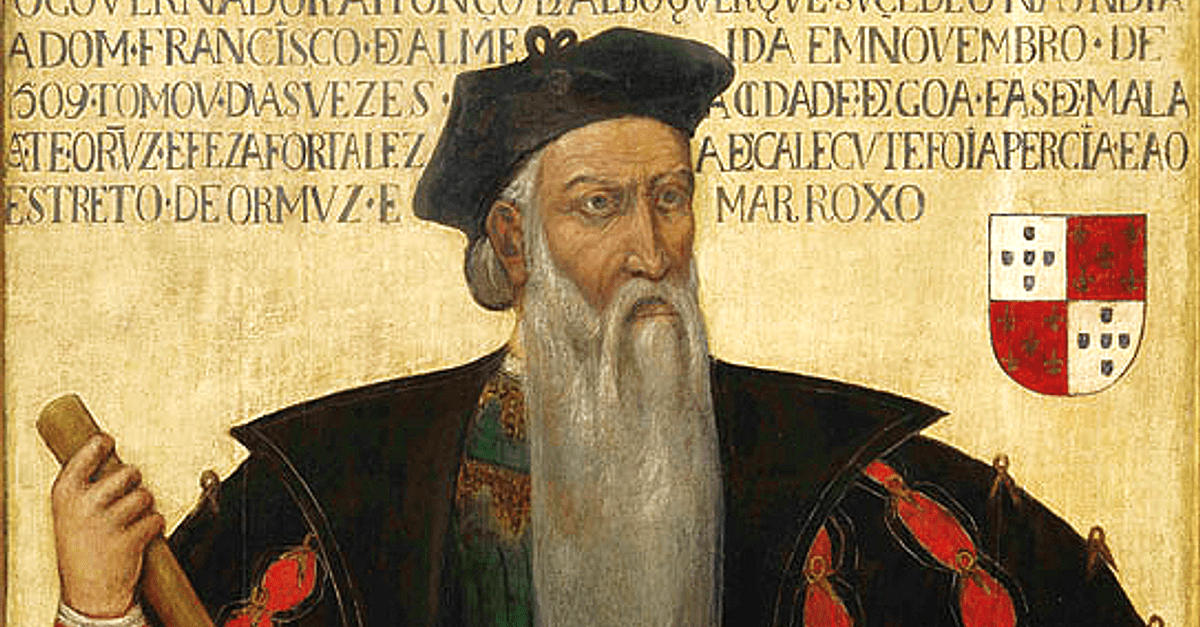
A Portuguese military officer, de Albuquerque became famous as Viceroy of Portuguese India in the early 16th century. He went to South Asia with the goals of fighting Muslims, spreading Christianity, and giving Portugal direct access to the spice markets of the Orient.
Historians generally consider him the greatest naval commander of his generation, particularly leading the first European fleet to ever sail into the Red Sea. He also raided the coasts of the Persian Gulf, aimed at cutting off Muslim access to the sea lanes leading in and out of the Indian Ocean. Other highlights of his military career include the capture of Goa in 1510 and the capture of Malacca in 1511.
Alfonso also proved his talents outside of the military as a civilian administrator. During his administration of Portuguese India, he opened up diplomatic relations with Burma, Ethiopia, Persia, Siam, and Timor. He also worked with Rafael Perestrello in getting Ming China to at least consider opening itself up for trade with Europe.
De Albuquerque’s various achievements earned him several epithets after his death, such as “the Great” or “the Terrible”. Some historians even describe him as “the Caesar of the East”, or “the Lion of the Seas”, and “the Portuguese Mars”.
Alonso de Ojeda
A Spanish conquistador who lived between the late 15th and early 16th centuries, de Ojeda became famous for his expeditions across South America. In fact, de Ojeda served under Christopher Columbus during his later expeditions to the New World. This led to de Ojeda joining Amerigo Vespucci during his expeditions to what would become Venezuela.
De Ojeda eventually became a conquistador in his own right, with sanction from the King and Queen of Spain. This saw him explore the South American coastal regions, which would later become Colombia and Guyana. He also explored various islands in the Caribbean Sea, such as Aruba, Curacao, Trinidad, and Tobago.
Ironically, de Ojeda would eventually find himself captured and then shipwrecked by pirates. This led to his decision to retire in Santo Domingo, in what would become the Dominican Republic. His experiences towards the end of his life also led de Ojeda to repent for the various cruelties he had committed as a conquistador, such as enslaving, killing, and plundering natives.
In his will, de Ojeda explicitly stated that the church should bury his body under the door of the Monasterio de San Francisco. This way (allowing visitors to the monastery to walk over his tomb), he would continue to atone even after his death.
Amerigo Vespucci
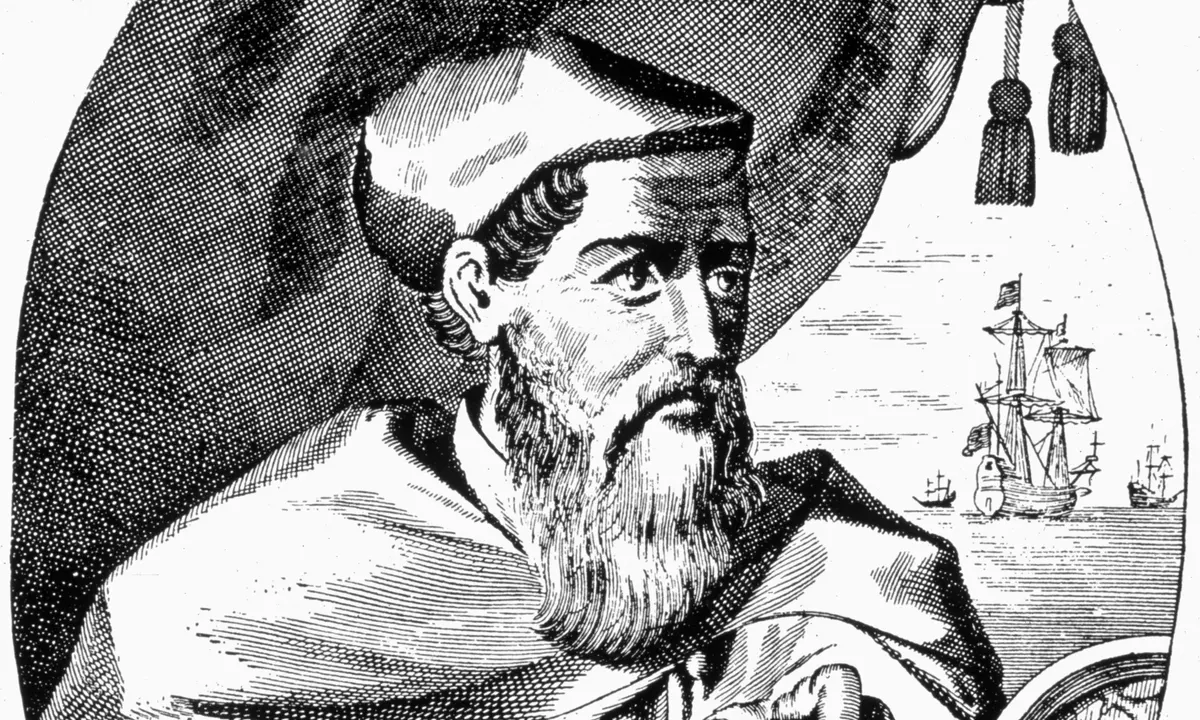
A Florentine explorer who lived between the mid-15th and early 16th centuries, Amerigo Vespucci gave his name to the Americas. Ironically, many historians wonder if Vespucci even traveled to the Americas at all. This results from how all of his claims come from a series of letters with ambiguous authenticity.
Most historians, however, accept them as fact, or that Vespucci deserves the honor regardless. In particular, they point to his letters as having captured the imagination of the public. Vespucci became the first man to use the term “the New World” after the discovery of what would become Brazil. He also became the first man to realize that their discoveries weren’t simply large islands, but new continents.
This inspired mapmakers like Martin Waldseemuller to name the new continents in Vespucci’s honor starting in 1507. However, historians themselves remain unsure if Vespucci ever knew of the honor he received before his death in 1512.
Antonio de Abreu

A Portuguese officer who served under Alfonso de Albuquerque, de Abreu lived between the late 15th and early 16th centuries. He became famous for commanding an expedition in 1511 to search for the fabled Spice Islands.
With help from Native Malays, de Abreu managed to make his way to what would become Indonesia. He explored the Lesser Sunda Islands, as well as Java and Ambon Island, before reaching the Bunda Islands in 1512. There, he managed to secure a cargo of nutmeg and cloves before returning to Malacca to report his success to de Albuquerque.
De Abreu planned to return to Portugal afterward and later left for home in January 1513. Unfortunately, he died from unclear causes before he could arrive, dying on the Azores Islands.
Bartolomeu Dias
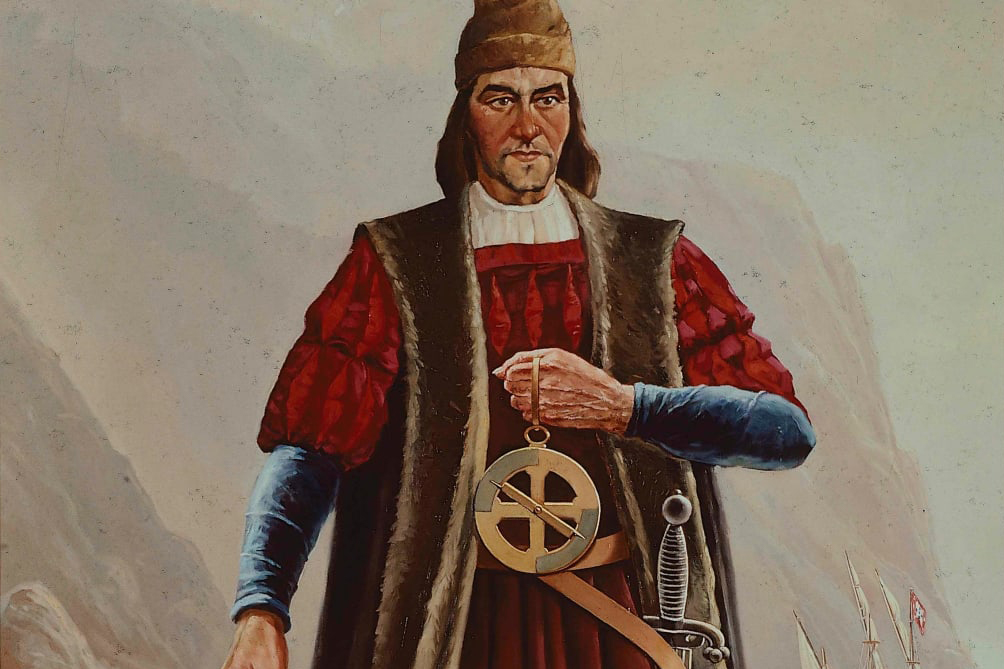
One of the most famous explorers of them all, Dias came from 15th century Portugal. Even before becoming an explorer in his own right, Dias served in various trading expeditions to and from West Africa. He may even have served in Diogo Cao’s first expedition to the Congo between 1482 and 1484.
In 1486, however, Dias set out on his famous voyage with sanction from King John II of Portugal. The king wanted a sea route to the Orient, with the land routes blocked by the Ottoman Empire. In turn, the Venetians monopolized any trade between Europe and the Ottoman Empire. The king and his advisors wondered if they could find that route by going around Africa to the south.
Dias left Lisbon in July 1487 and hopped his way down the African coast to reach the Cape of Good Hope in May 1488. He originally called it the Cape of Storms for the bad weather at the time, but the king renamed it to its modern name instead. Dias himself received a noble title in recognition of his achievements, and later went on a voyage to Brazil, and then India. Ironically, Dias died on the way back home, when his ship sank in a storm off the Cape of Good Hope in 1500.
Christopher Columbus
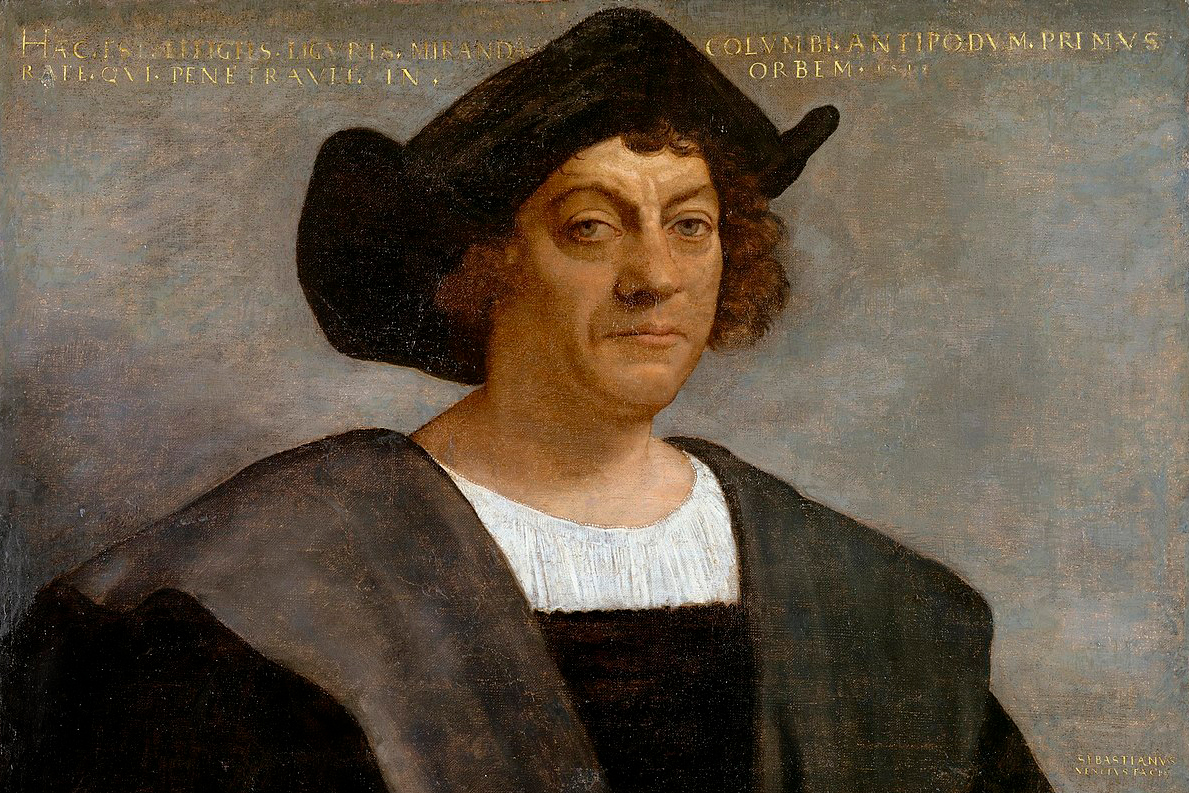
The most famous explorer of them all, if not the most infamous depending on who you asked. An Italian explorer who served under King Ferdinand II and Queen Isabella I of Spain, Christopher Columbus discovered the New World in 1492. Specifically, he landed in the Bahamas, on the island he called Hispaniola, the exact location of which remains argued among historians today.
He explored several other islands in the Caribbean Sea in succeeding expeditions, before landing in Central America in 1502. Columbus, though, fell into royal disfavor in 1502 for his poor service as a colonial governor. He also proved himself cruel even by the standards of the time, leading to his arrest and return to Spain.
Columbus today has a mixed historical reputation. On one hand, his discovery of the Americas led the way to the exploration and colonization of the Western Hemisphere. But on the other hand, it also enabled the slavery and genocide of the Native Americans.
Diogo Cao
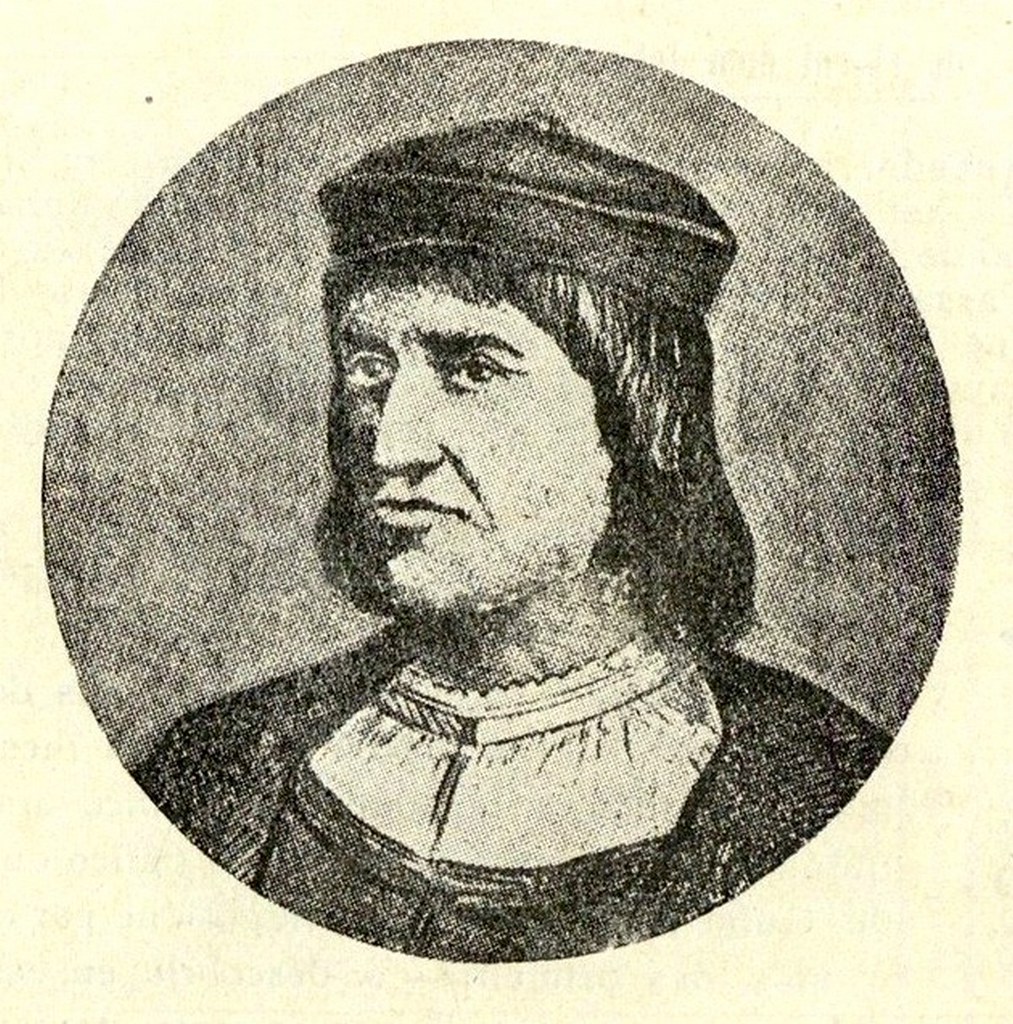
An explorer from the early years of the Age of Discovery, Cao came from Portugal in the late 15th century. While not as famous as other explorers in the future, Cao’s expeditions helped pave the way for their successes. In particular, Cao explored the west coast of Africa and built the Elmina Castle along the Gold Coast. This became the oldest European building south of the Sahara Desert and served as a trade and resupply post.
From there, he continued to explore the coast, crossing the equator at some point in 1482. This disproved popular superstitions at the time that any man who tried to cross the equator would burn to a crisp. Cao eventually reached the Congo River, and in 1485, sailed up the river to enter the African interior as far as modern Matadi. Cao continued to explore the African coast until he died in 1486, in what would become Namibia.
Ferdinand Magellan
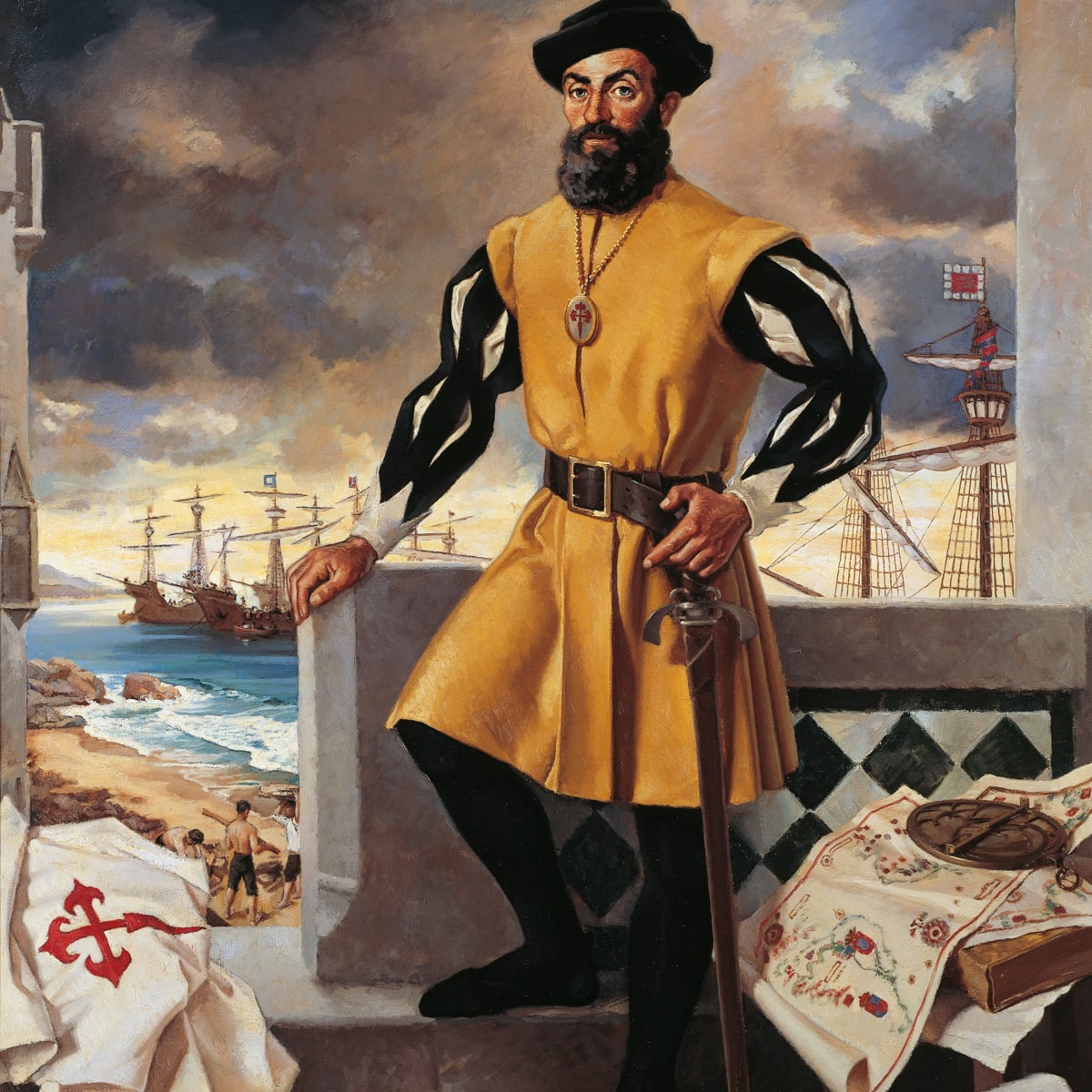
Another one of the most famous explorers in the world, Magellan went down in history as the first man to travel around the world. Ironically, he originally came from Portugal, but later went to Spain after King Manuel I rejected his proposal to find a western route to the Orient. In contrast, King Charles I of Spain proved receptive, seeing how a western route would allow Spain to bypass Portugal’s monopoly over the Indian Ocean.
Magellan left Spain in 1518, before traveling to Patagonia in South America. Making his way down the coast, Magellan discovered Cape Horn and passed through the straits later named after him into the Pacific Ocean. Magellan actually gave that name to the newly-discovered ocean, over its calm and peaceful weather.
In 1521, Magellan reached Guam and the Philippines, with Magellan making the first converts to Christianity in the latter. However, this made him enemies among the natives, such as the tribal chief Lapulapu. Magellan died in the Battle of Mactan. It is debated how he died; some claimed he died by a poison arrow while some argue that he is finished off by Lapulapu himself. Captain Juan Sebastian Elcano led the fleet’s survivors back to Spain, arriving in 1522. Despite never completing the journey himself, Magellan posthumously received the honor of being the first man to circumnavigate the globe.
Francis Drake
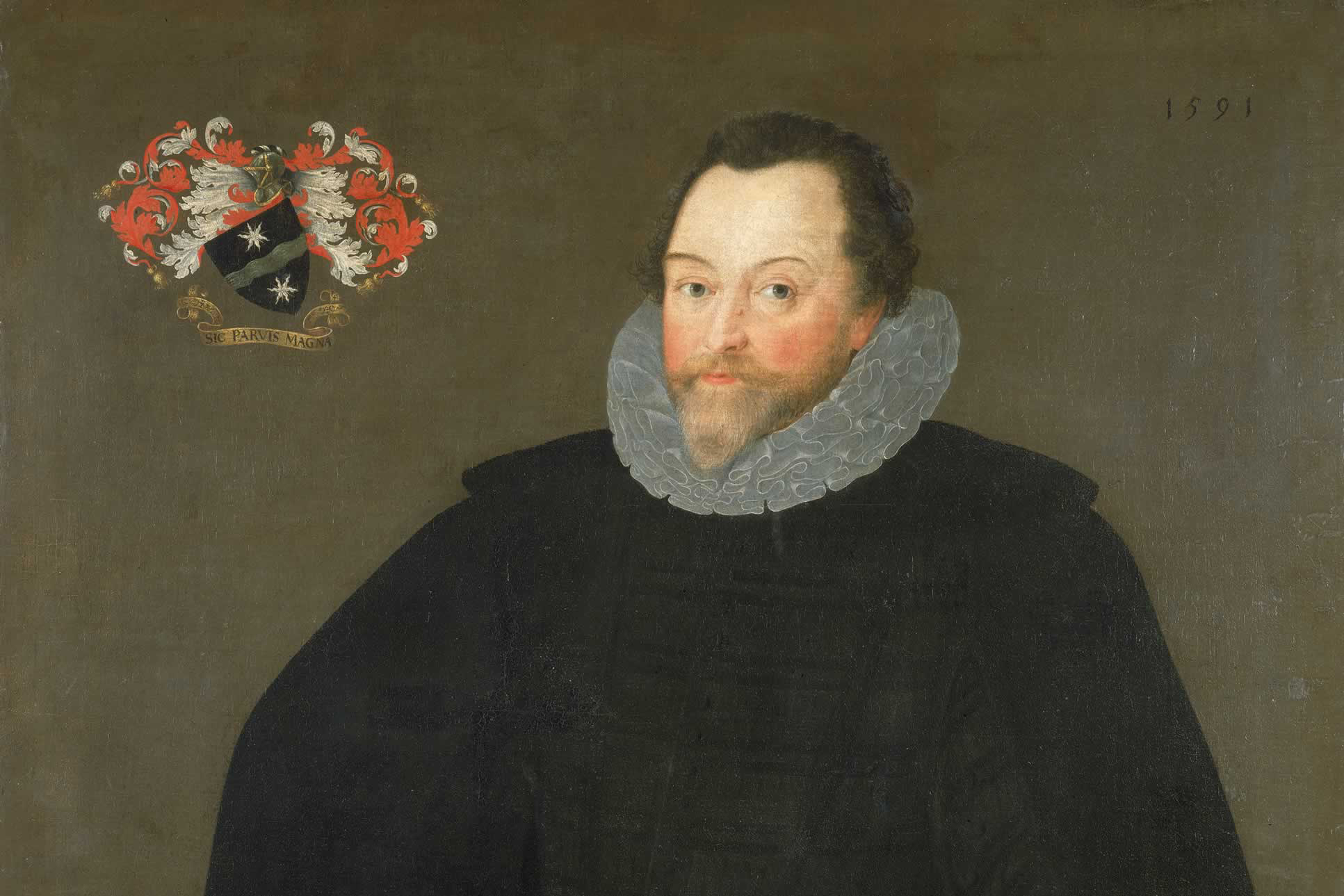
An Englishman who lived in the 16th century, Drake usually gets remembered for his role in leading the Royal Navy to victory against the Spanish Armada. Before that, he also became famous for his raids against Spanish shipping in the Pacific, as well as the Spanish colonies in North America.
However, Drake also made his contributions as an explorer. In particular, his 1577 voyage around the world. He not only became the first Englishman to do so but also the first man to do so in a single voyage. Magellan and others before him made various stops along the way, but Drake kept on sailing until he finally returned to England.
Drake later died on his ship while fighting the Spaniards in the Caribbean Sea, with his crew burying him at sea in a lead coffin. Despite official records placing his burial site in the water off of Portobelo in Panama, divers to this day have yet to find Drake’s grave.
Francisco Serrao
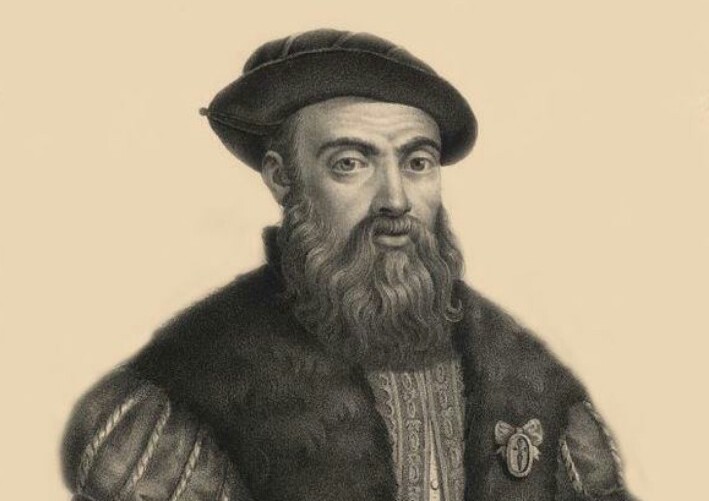
A Portuguese explorer from the early 16th century, circumstantial evidence suggests that Serrao may have counted Ferdinand Magellan as his cousin. In 1511, he set out on an expedition under orders from Alfonso de Albuquerque to find the Spice Islands. His expedition paralleled that of fellow explorer Antonio de Abreu, with de Abreu holding a higher rank than Serrao.
Like de Abreu, Serrao had the help of Native Malays to guide them to Java and then Ambon Island. While on Java, he married a native woman, who accompanied him for the rest of his career. Serrao later suffered a shipwreck while leaving Ambon Island, although he managed to survive and get to Banda. There, he managed to acquire a Chinese junk as a replacement vessel, only to again get shipwrecked in the Maluku Islands.
Serrao and his men then went mercenary, selling their services to the Sultan of Ternate. Their achievements earned the sultan’s trust and respect, with Serrao eventually receiving an appointment as one of the sultan’s advisors. This led Serrao to decide to settle down on Ternate, where he eventually died in 1521. Ironically, this became the same year his cousin Magellan died in the Philippines.
Georg August Wallin
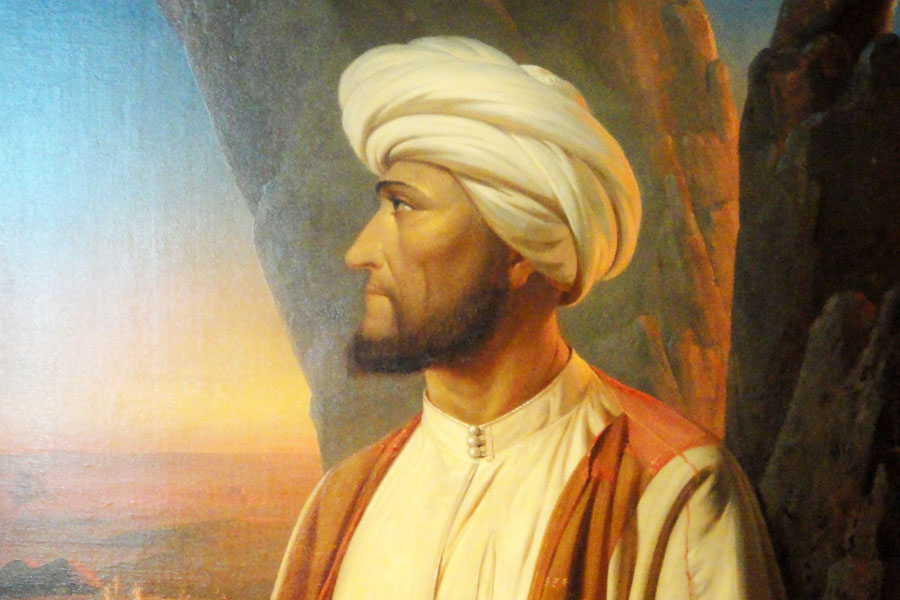
A Finnish explorer from the 19th century, Wallin became famous for his journeys through the Middle East in the 1840s. In particular, he became the first European to visit the Middle East with the advantage of advanced research. At the time, most European visitors did so only with general knowledge or just stereotypes. Wallin, however, extensively studied past scholarly research on the region’s culture and politics before heading out. He even disguised himself as a Muslim, with the Arabic name of Abd al-Wali, which led to rumors among his peers that he had converted to Islam. This allowed him to visit Mecca, a city forbidden to non-Muslims then much like today.
His writings and findings during his journey earned him awards in Europe, even a professorship at the University of Helsinki. Ironically, Wallin found Europe an oppressive place in comparison to the Middle East and regretted his inability to return to the Middle East because of his failing health. He died in 1852, only three years after his return to his native Finland.
Hernan Cortes
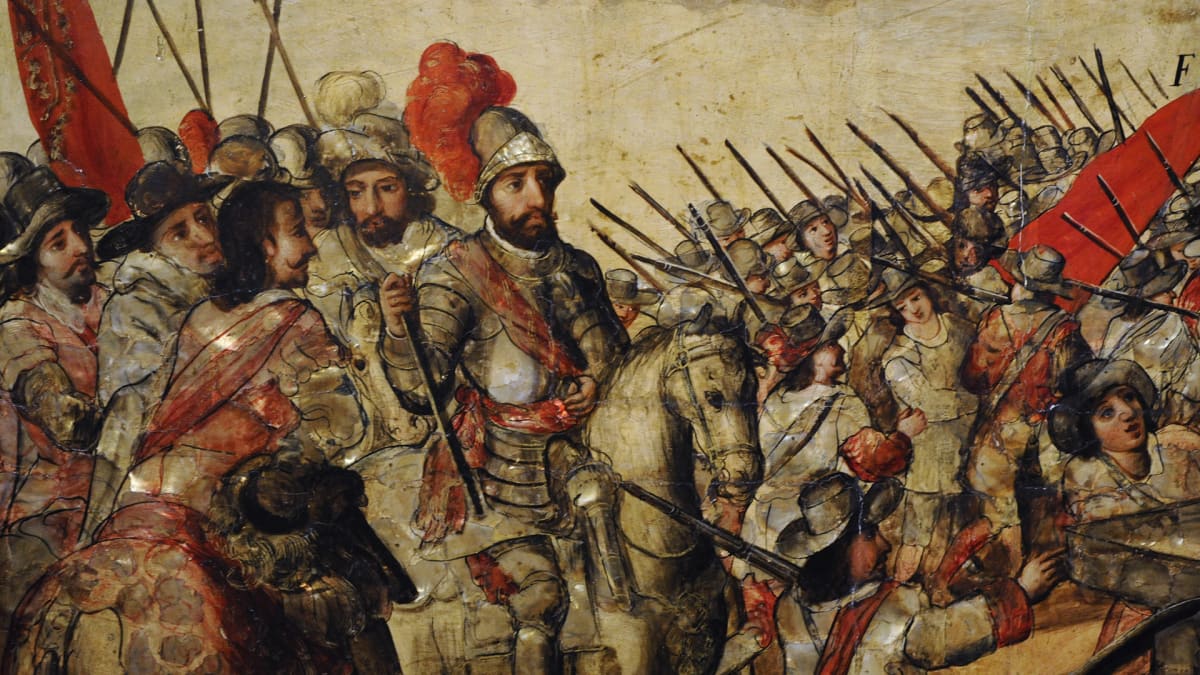
The most infamous explorer of them all, Cortes’ name has become synonymous with the Spanish conquistadores. Born in Spain in 1485, he traveled to Cuba in 1504, where he fought to put down local resistance to colonial rule.
Then, in 1518, as a conquistador in his own right, he led his own expedition to Mexico. Shortly after his arrival, he met La Malinche, a native woman who converted to Christianity. She became Cortes’ mistress, translator, and advisor, and historians believe that without her Cortes would not have succeeded. On her advice, Cortes allied with the enemies of the Aztec Empire, such as the Totonacs and Tlaxcalans among others. This gave him the manpower he needed to capture Tenochtitlan, the capital of the Aztec Empire, which he renamed Mexico City.
Even at the time, Cortes gained a reputation for cruelty, particularly over the massacres of local nobles. However, his successful conquest of the Aztec Empire later led to his appointment as governor of New Spain. It also earned him the jealousy of his peers, eventually leading to several conspiracies against him. This later led to his recall to Spain in 1528, though he later returned to Mexico in 1530. He again returned to Spain in 1541 and fought for Spain in North Africa. Cortes died in Seville from dysentery in 1547.
Henry Hudson
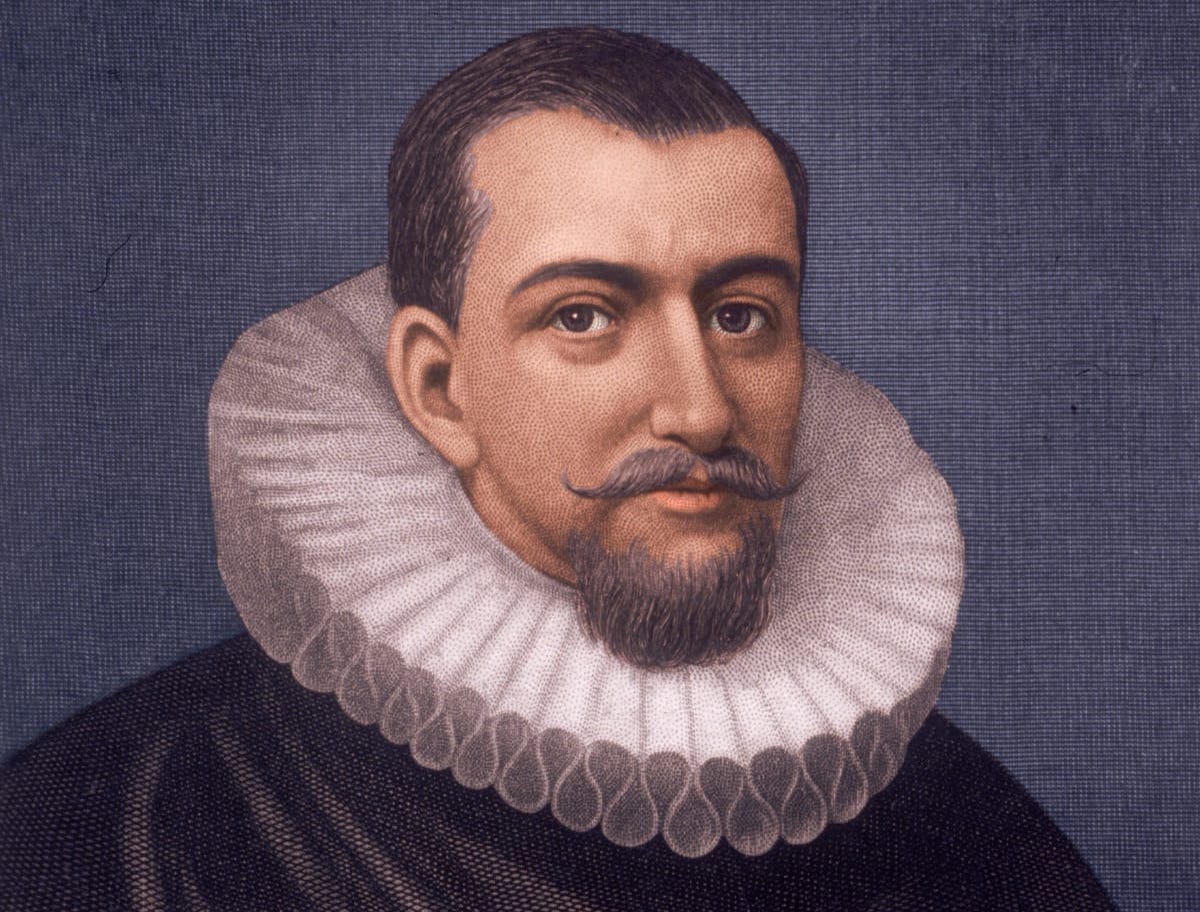
An English explorer from the early 17th century, Hudson made up one of several men seeking the Northeast Passage and Northwest Passages. These passages theoretically followed the northern coasts of Eurasia and North America through the Arctic. Finding them would allow England to bypass the Spanish and Portuguese-dominated trade routes to the south.
Hudson made two attempts to find the Northeast Passage in 1607 and 1608, only to repeatedly fail in the face of impassable ice in the Arctic. In 1609, this time under the Dutch East India Company, he went to North America to find the Northwest Passage. He failed, but Hudson did manage to make the first detailed survey of the New York Coast, even traveling inland up the Hudson River. Naturally, this led to the river taking its name after him.
In his final expedition in 1611, Hudson discovered both the Hudson Strait and Hudson Bay in what would become Canada. He wanted to continue west, but his crew refused and demanded he turn back. When Hudson refused, the crew mutinied, marooning Hudson, his son, and their few other supporters.
No one saw Hudson and his companions ever again. And although the crew found themselves arrested and tried for mutiny, they were all acquitted, as their employers found their experience and knowledge too valuable.
Jacques Cartier
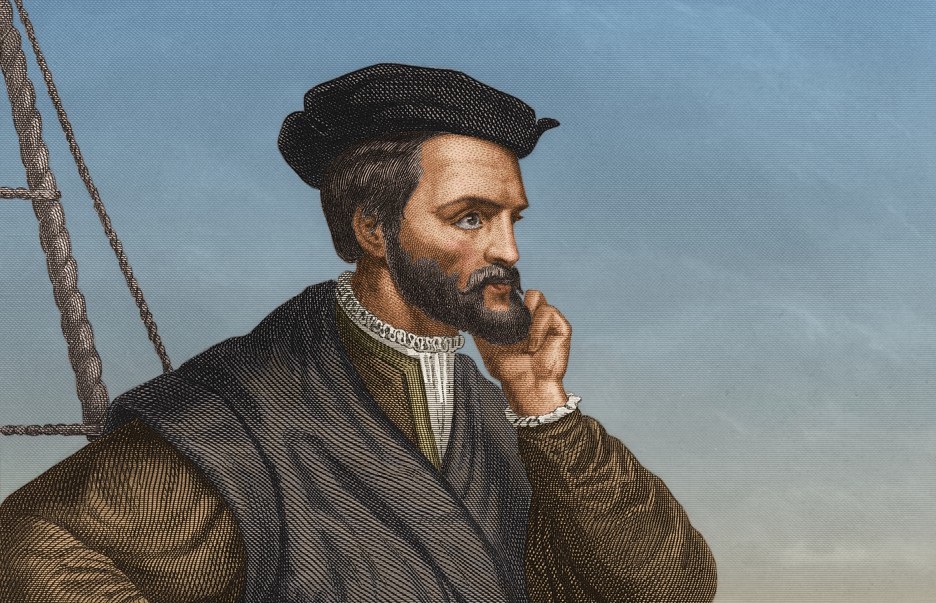
A French explorer from the early 16th century, Cartier became famous for becoming the first European to explore what would become Canada. In particular, he charted the Gulf of Saint Lawrence and the course of the Saint Lawrence River. He even gave the region its name, Canada, from the Iroquois names of their main settlements in the region.
Cartier made three expeditions to North America between 1534 and 1542, before returning to France for good. During that time, he founded several colonies, such as Charlesbourg-Royal, but they only lasted for a few years at most. No lasting European settlements would appear in North America until 1605 with Port Royal in what would become Maryland in the USA. Cartier himself later died in Saint-Malo, France, in 1557 during an epidemic of typhoid fever.
Jacques Piccard

A Swiss oceanographer from the 20th century, Piccard became famous for exploring one of the world’s few remaining wildernesses: the underwater world. In particular, he participated in the US Navy’s Challenger Deep mission of 1960. By then, Piccard had already become famous for his work on the bathyscaphe, a submersible exploration vessel. Piccard’s family had also gained fame for their work on studying and developing balloons, with Piccard using his family’s experience on his bathyscaphe, the Trieste.
In 1960, Piccard along with US Navy Lieutenant Don Walsh took the Trieste into the North Pacific Ocean. They descended an estimated 10.9 km to the very bottom of the Marianas Trench, the deepest place not just in the ocean, but on the Earth’s surface. They stayed there for 20 minutes, only returning after the extreme water pressure started cracking the Trieste’s windows. Piccard planned to eventually return to the Marianas Trench, but financial realities eventually forced him to abandon those plans.
James Cook

The most famous British explorer of them all, Cook served in the Royal Navy during the 18th century. In particular, he made three voyages between 1768 and 1769, in which he charted the New Zealand coastline as well as the east coast of Australia. He also proved, despite scholarly opinion at the time, that Australia had no land connection to Antarctica.
Cook also later became the first European to make contact with the Hawaiians, even if he wasn’t the first to reach Hawaii. Ironically, while Cook enjoyed the friendly dialogue with the Hawaiians at first, his constant demands on them soon soured relations. This resulted from Cook’s decision to use Hawaii as a supply post for his ships while exploring the Pacific Ocean. This, in turn, led to a falling out in 1779, which turned violent, resulting in Cook’s death.
Surprisingly, though, despite the falling out, the Hawaiians still respected Cook and treated his body as that of a worthy enemy. They embalmed his body using traditional methods, and then returned it to his crew, who buried Cook at sea.
John Cabot
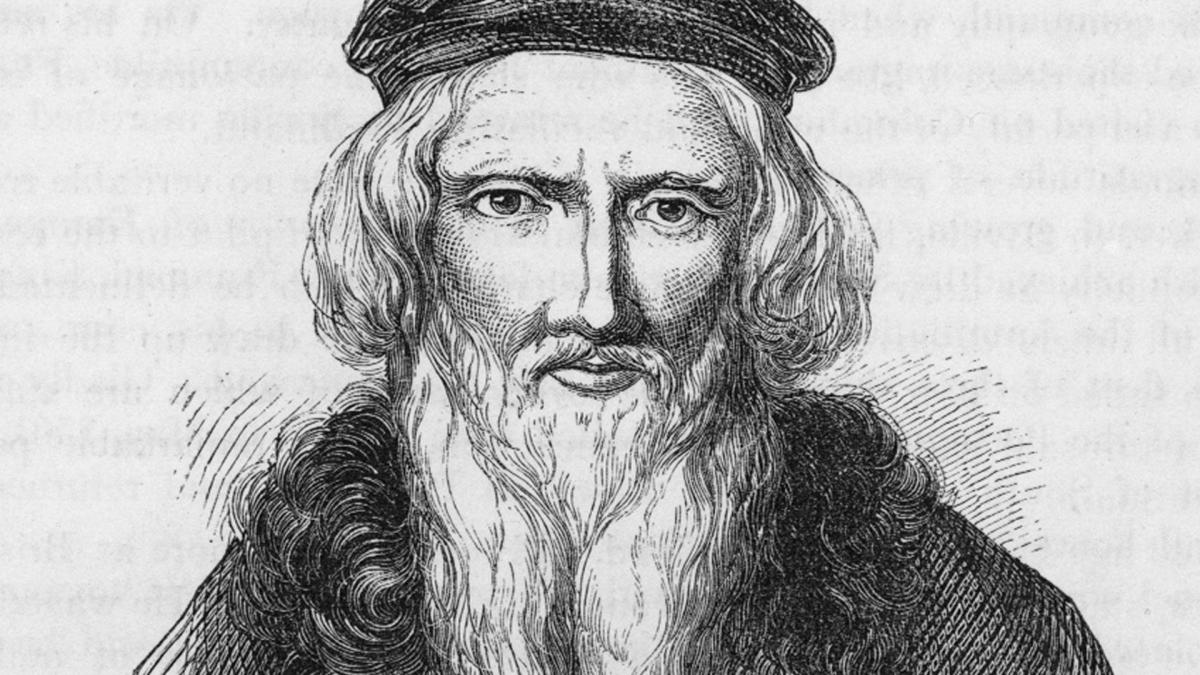
An Italian explorer from the 15th century, Cabot led an expedition to North America in 1497 with support from King Henry VII of England. This marked the first time Europeans stepped foot in North America since the Vikings in the Middle Ages. That said, historians know almost nothing about Cabot’s first voyage, only that he may have discussed it with Christopher Columbus.
His second voyage, though, has documentation to back it up. However, the exact location of where Cabot actually landed remains in question. Possible locations include Cape Bonavista and Saint John’s in Newfoundland. There’s also Cape Breton in Nova Scotia, as well as Labrador in Canada, or even Maine in the USA.
Cabot later launched a third expedition in 1498, but he and his fleet went missing. Some historians argue that the records simply became lost, pointing out how some of Cabot’s crew still lived in London in the 1500s. Scholarly research into Cabot’s final fate continues to this day.
Juan de la Cosa
A Spanish explorer from the 15th century, de la Cosa served under Christopher Columbus during his voyages to the New World. This later allowed de la Cosa to make the first European maps to show the Americas. His experience under Columbus later led the Spanish monarchy to attach de la Cosa to Alonso de Ojeda’s expeditions.
De la Cosa used this as an opportunity to refine and update his maps before joining another expedition under Rodrigo de Bastidas. De la Cosa eventually led his own expedition between 1504 and 1506 to the Pearl Islands and the Gulf of Uraba. He also visited Jamaica and Haiti before returning to Spain.
Afterward, he joined de Ojeda on an expedition to Colombia, where de la Cosa died in battle against the natives. His death allowed de Ojeda to retreat and reorganize his forces before counterattacking. De Ojeda later honored de la Cosa’s sacrifice by sending 45,000 maravedis and several native slaves to his widow.
Juan Ponce de Leon
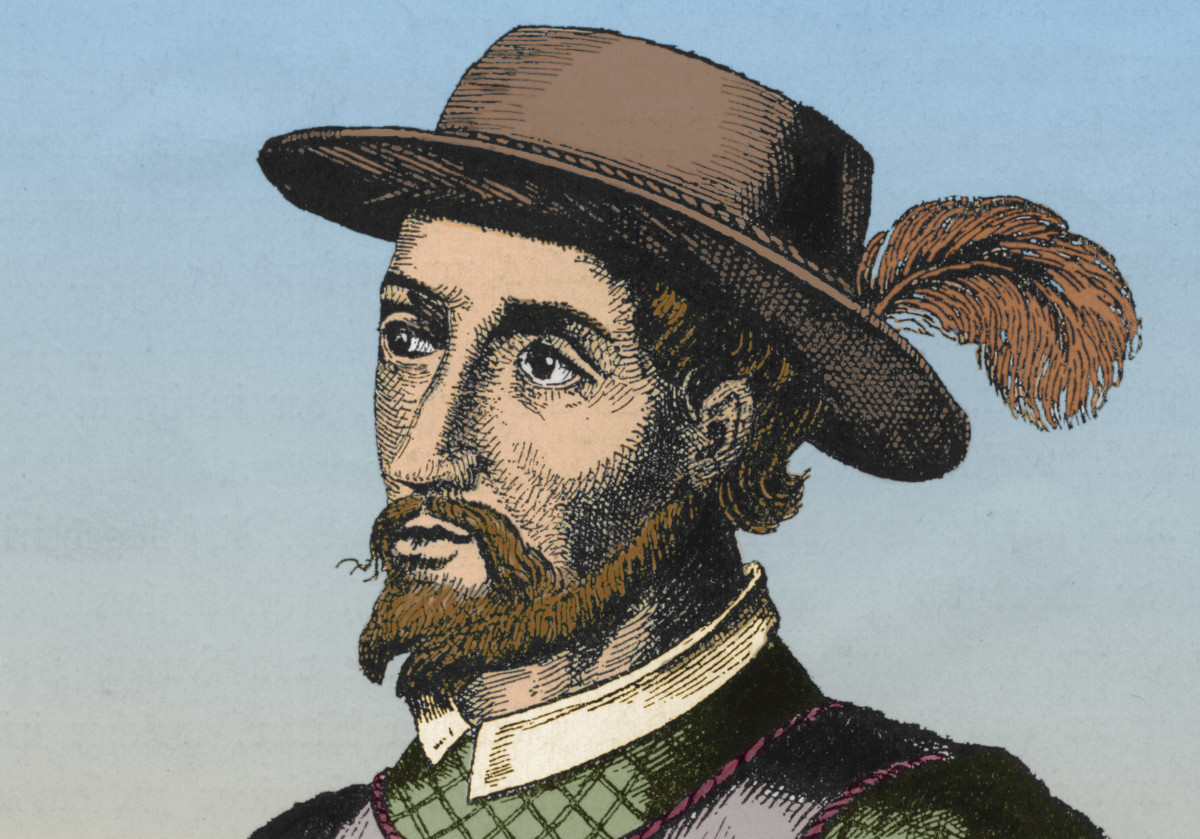
Among the explorers of the Age of Discovery, de Leon has the most fantastic reputation, which resulted from his quest for the fabled Fountain of Youth. In reality, de Leon served under Christopher Columbus, which led the Spanish monarchy to later send him to colonize Puerto Rico. His success led to his appointment as its governor, but also landed him in court troubles with Columbus’ son, Diego.
De Leon eventually stepped down as governor, with the Spanish monarchy granting him the sanction to explore the Caribbean Sea as compensation. This voyage saw de Leon discover Florida, with de Leon giving it its name from its rich plant life.
Stories about his quest for the Fountain of Youth center around this voyage, but historians have found no evidence of any such quest. De Leon returned to Spain in 1514, before heading to Florida in 1521 to found a colony. He failed in the face of native resistance, with de Leon eventually dying from combat injuries. The Spaniards laid him to rest in Puerto Rico, in the Cathedral of San Juan Bautista.
Juan Sebastian Elcano
A Spanish navigator from the 15th century, he served under Ferdinand Magellan during his famous voyage around the world. In fact, after Magellan’s death in battle in the Philippines, Elcano took command of the fleet and led them back home to Spain. That said, Elcano’s life remains one of the great mysteries of history.
This results from the fact that few records of his life actually come from his time. Even the first official biographies of Elcano’s life actually date from the 19th century. In short, over three centuries after Elcano had lived and died. However, historians do know he came from the Basque region of Spain. They also know that on his return Emperor Charles V publicly honored him for his achievements.
He later set out on another expedition to the Orient under Garcia Jofre de Loaisa. Both de Loaisa and Elcano died while traveling across the Pacific Ocean. Only a few of their sailors managed to return home to Spain.
Leif Erikson
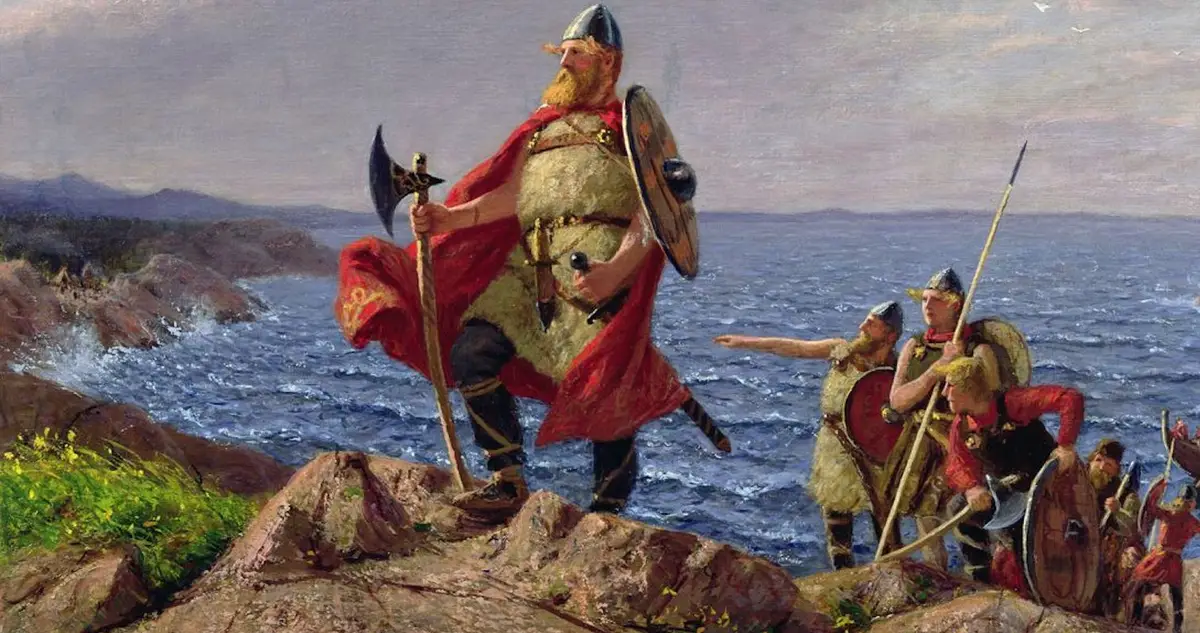
Also known as Leif the Lucky, Erikson today has the reputation of a folk hero in his native Scandinavia. His exact origin remains unknown, with most theories pointing to Iceland, newly colonized by Norwegian Vikings in the 10th century.
Erikson grew up into a Viking himself and sailed west across the Atlantic to become the first European to set foot in North America. This took place sometime around the end of the 10th century, around 500 years before Columbus “discovered” the New World. Erikson also founded a Norse colony in North America called Vinland, although it didn’t last long. The Norse also made no long-term efforts to return to and colonize North America.
Historians themselves remain unsure where Vinland stood, with some even doubting it ever existed. That said, archaeological evidence in Newfoundland has suggested the presence of a Norse settlement in the area.
Erikson himself has become recognized outside of Scandinavia in recent decades. Wisconsin became the first to declare October 9 Leif Erikson Day starting in 1929. Congress later also gave the president discretionary authority to name October 9 every year as Leif Erikson Day in 1964. Finally, on October 6, 2000, US President Bill Clinton officially proclaimed October 9 of every year going forward Leif Erikson Day.
Marco Polo
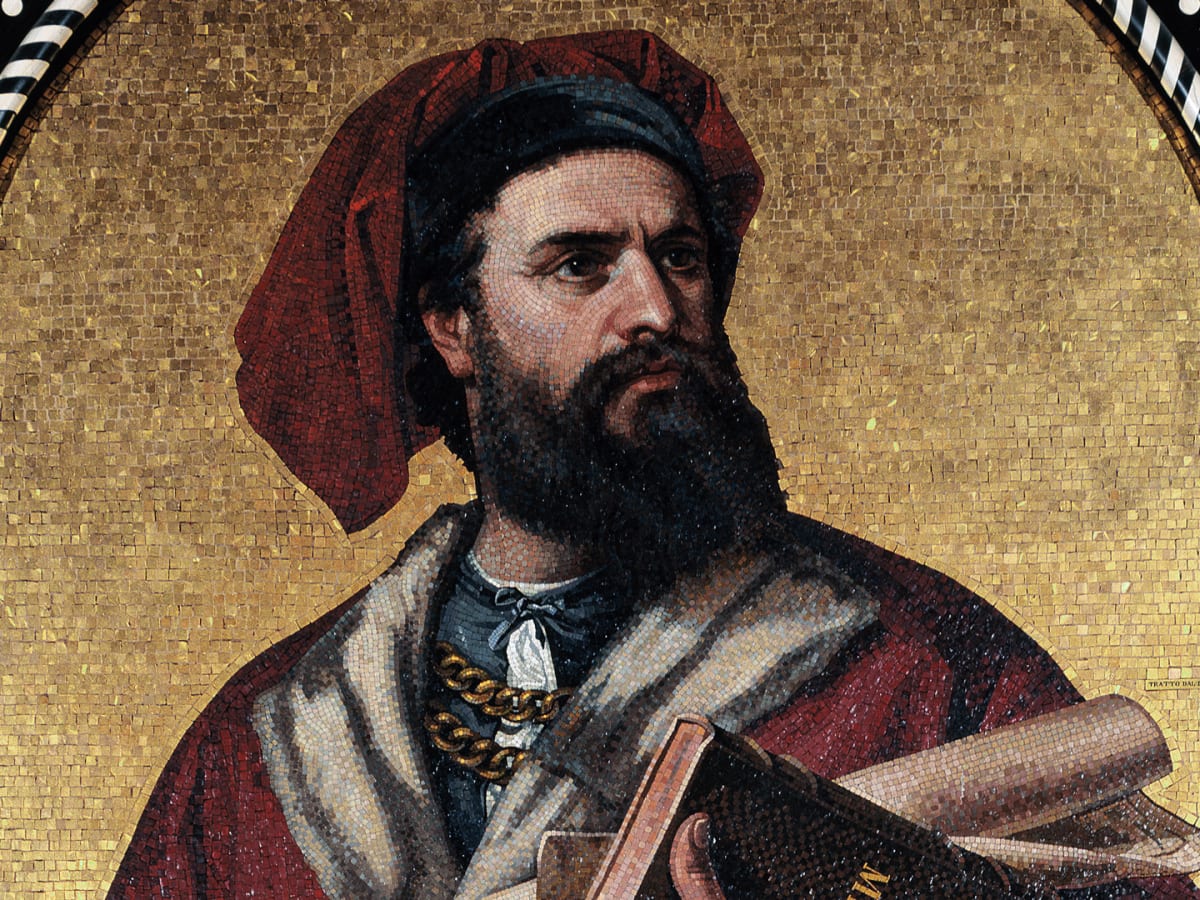
A Venetian merchant from the 13th century, Polo became famous for his journey on the Silk Road which runs across Asia between Europe and China. He reached the latter during the reign of the Yuan Dynasty in 1269. Polo earned the trust of Kublai Khan and even gained an appointment as an Imperial emissary to neighboring lands.
This allowed him to observe China firsthand, and neighboring countries as well. These included Burma, India, Indonesia, Japan, Sri Lanka, Vietnam, and Persia, among others. Polo eventually returned to Europe in 1295, where he lived in his native Venice until his death in 1324.
Although Polo wasn’t the first European to visit China, he became the first to make extensive records of what he saw and experienced. This gave Europe its first scholarly references to the cultures, geography, politics, and resources of the Orient. It also later inspired explorers like Christopher Columbus to find ways to reach the Orient.
Even more so, the fall of the Yuan Dynasty saw the rise of new Muslim powers like the Ottoman Empire. This cut the Silk Road as the Muslims tried to control any and all trade between China and Europe. This, in turn, forced Europeans to find new ways across the sea to reach the Orient.
Pedro Alvares Cabral

A Portuguese explorer from the 15th and 16th centuries, Cabral went down in history as the man who discovered Brazil. He also became the first man to walk on four continents: Europe, Africa, Asia, and South America.
Cabral’s famous expedition to Brazil set out from Portugal in March 1500 and arrived in Brazil in April. Cabral at first thought he would find a large island, but as he continued to chart the coast, he realized he would find a new continent instead. Eventually, a bad storm devastated his fleet. This forced Cabral to change course for Africa, where he rounded the Cape of Good Hope. From there he charted the east coast before heading for India, where he arrived in Calicut in September.
There, they found themselves attacked by Muslim traders who had become wary of European traders having reached India by sea. Despite the Muslims’ greater numbers, Cabral’s superior naval guns allowed him to win the battle. This became the first instance of gunboat diplomacy in history. Cabral then returned to Portugal, where he made plans to eventually return to India with a fleet of conquest. However, poor health and court troubles forced him to abandon his plans. Cabral eventually died in Santarem in Portugal in 1520.
Roald Amundsen
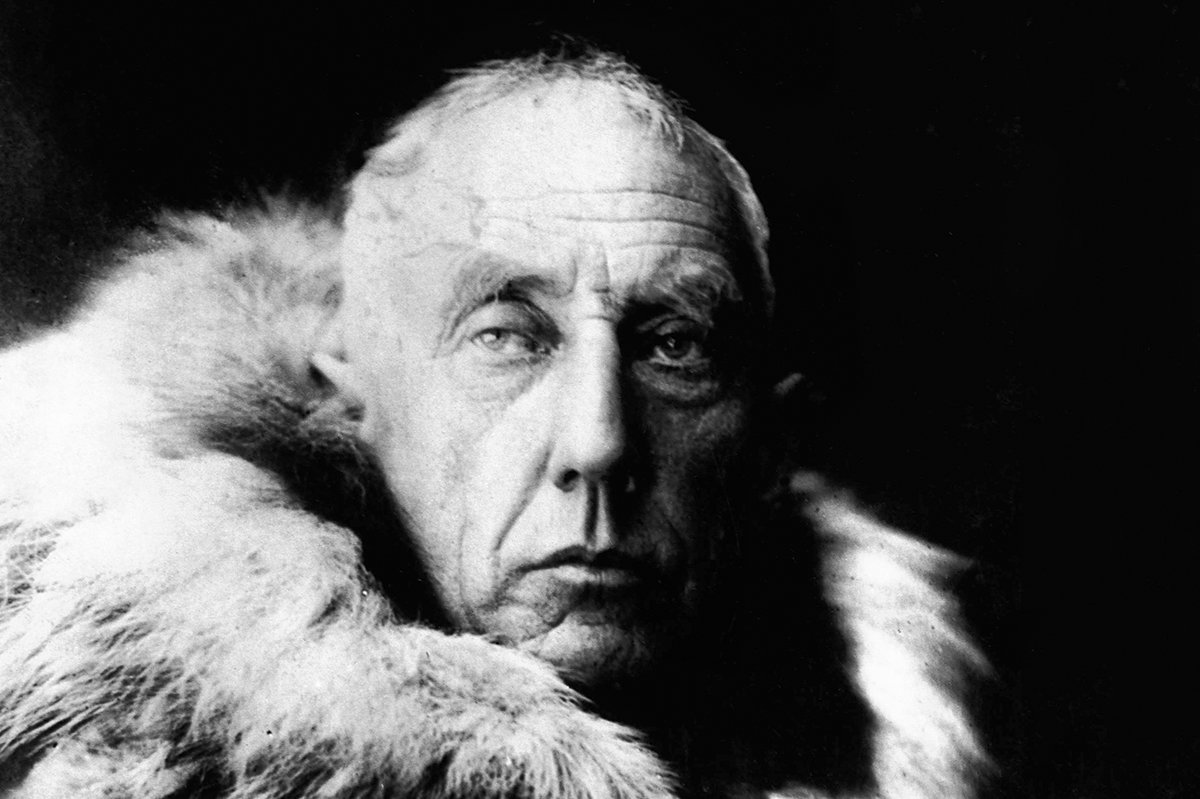
The most famous explorer of the modern era, Amundsen earned his place in history as the first man to reach both the North and South Poles. In fact, he first began trying to reach for the poles in 1897, when he served under Adrien de Gerlache. De Gerlache’s expedition failed to reach the South Pole, but Amundsen continued trying on his own.
Amundsen’s expedition left Norway in June 1910 and reached Antarctica in January 1911. He then spent months building up his supplies, before setting out on his historic overland trek in October and reaching the South Pole in December.
Amundsen later tried to reach the North Pole by sea in 1918 but failed. This led him to change tactics, and in 1926 Amundsen and 15 other men finally reached the North Pole using the airship Norge. Sadly, Amundsen went missing just three years later while trying to rescue a marooned airship, the Italia, in the Arctic. The search for his remains continues to this day.
Samuel de Champlain

A French explorer from the 16th and 17th centuries, de Champlain became famous as the founder of Quebec and New France in what would become Canada in 1608. He also previously participated in the founding of Port Royal in 1605, near modern Annapolis in Maryland, USA. De Champlain also explored the interior of North America and became the first European to visit the Great Lakes. He also made contact and established friendly relations between France and various Native American tribes. These included the Algonquin, the Innu, the Montagnais, and the Wendat. He also provided them support against the Iroquois in the Beaver Wars.
At that time, de Champlain studied the culture of the Native Americans and later published his writings. De Champlain stayed with the natives until 1620 when King Louis XIII recalled him to Quebec to take up an administrative post. He held that post until his death in 1635, with his final resting place currently a matter of debate among historians.
Vasco da Gama
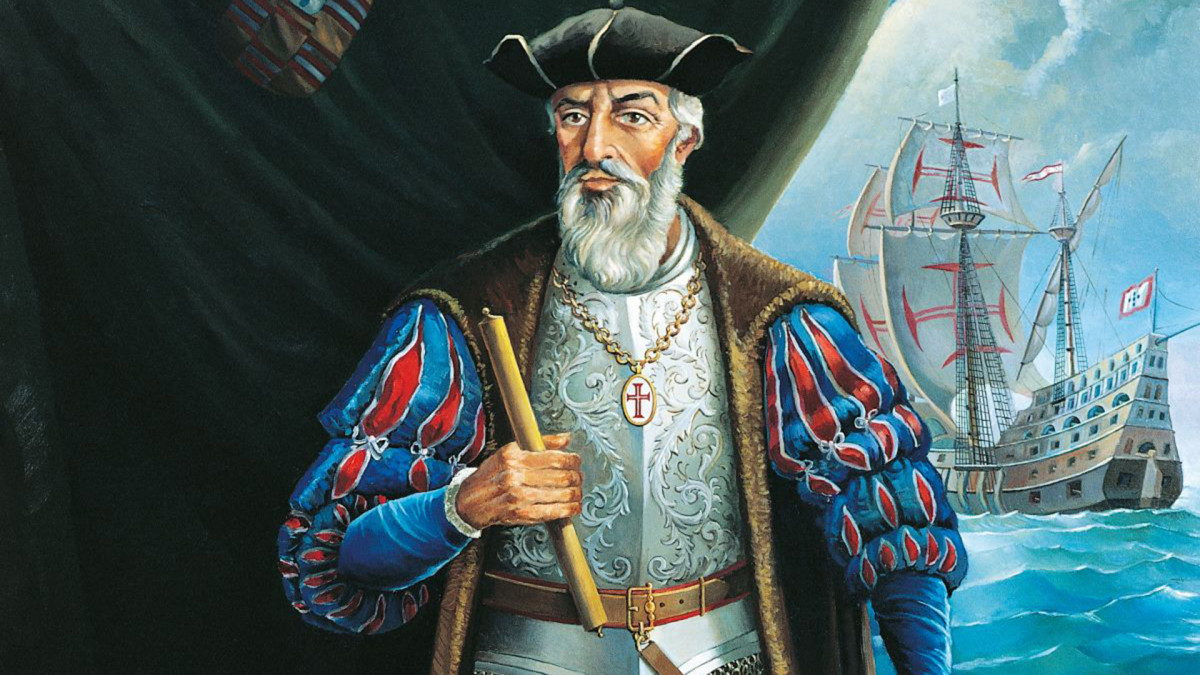
A Portuguese explorer from the 15th and 16th centuries, da Gama became famous for following up on Bartolomeu Dias’ previous expedition. Da Gama carried on where Dias had previously turned back, the Cape of Good Hope. He charted friendly ports along the east coast of Africa, before sailing east across the Indian Ocean to Calicut in India. This completed the charting of the first all-sea route between Europe and Asia.
It also kickstarted the Age of Colonialism, as Portugal proceeded to militarize and monopolize the sea lanes of the Indian Ocean. This led other European countries to follow suit, with Spain finding its own routes to the Orient through the Pacific Ocean. Both Spain and Portugal competed over South America, with Spain monopolizing Central America. Spain also competed with England, France, and the Netherlands over North America.
Da Gama also made heavy use of force, such as indiscriminate artillery bombardment and the taking of hostages to force local rulers to concede to his demands. This too set a trend for European imperialism and colonialism in the following decades.
Vasco Nunez de Balboa
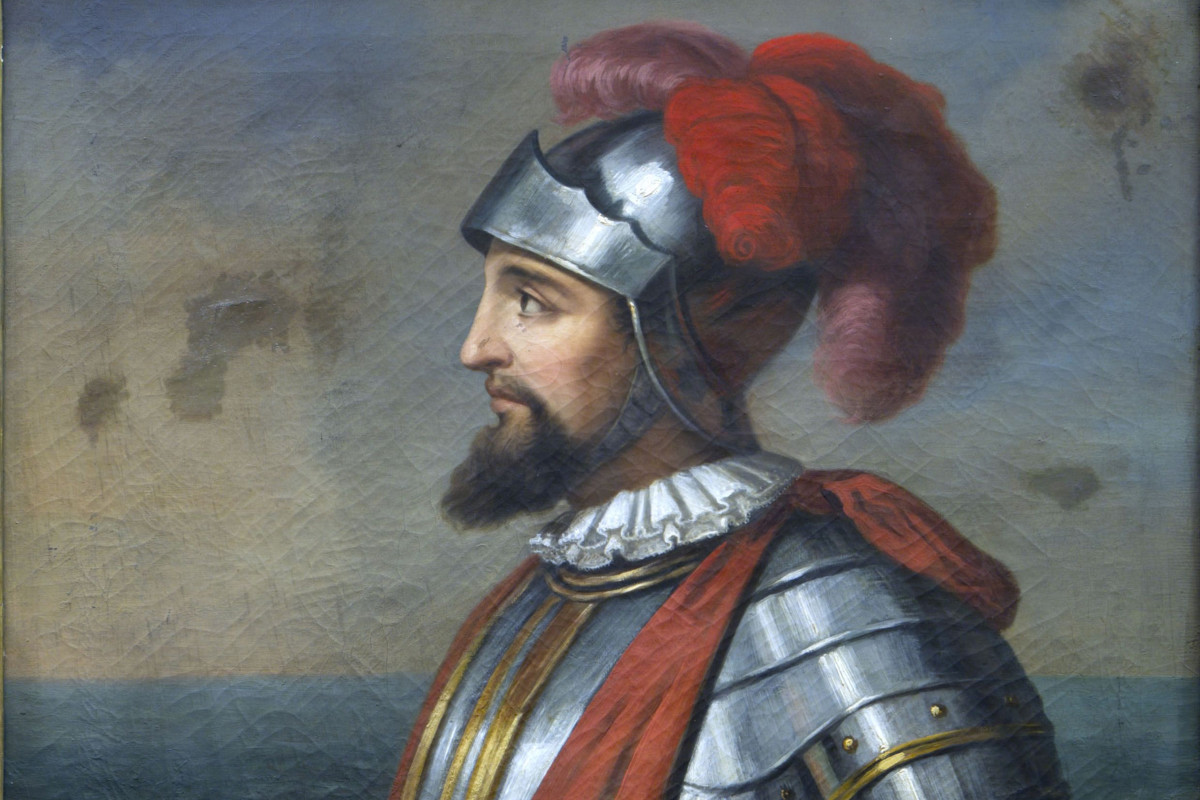
A Spanish explorer from the 14th and 15th centuries, de Balboa became famous for his 1513 journey across Panama. This made him the first man to reach the Pacific Ocean from the New World itself. He also founded the first permanent European settlement in the Americas, Santa Maria la Antigua del Darien in what would become Colombia.
De Balboa eventually became governor of Veragua, a Spanish province in Central America. As governor, de Balboa became infamous for his cruelty, particularly over torturing natives accused of homosexuality to death. He also met his gold quotas by outright seizing the jewelry of native women by force. Eventually, however, de Balboa found himself in a power struggle against a fellow colonial official, Pedro Arias de Avila. This later led to his arrest and execution for conspiracy to commit treason in 1519.
Victor Vescovo

An explorer of the modern age, Vescovo became famous in 2018 with his Five Deeps Expedition, aimed at mapping the ocean floor by September 2019. He achieved this goal by August 2019, while also collecting biological and geological samples with every dive.
Vescovo dived to the deepest point of the Atlantic Ocean, the Puerto Rico Trench, in December 2018. He followed this up in February 2019 with a dive to the South Sandwich Trench in the Southern Ocean. In April 2019, he dived down to the Sunda Trench in the Indian Ocean, as well as the Marianas Trench in the Pacific Ocean. His dive into the Marianas Trench proved ominous, thanks to Vescovo discovering plastic waste on the ocean floor. In June 2019, Vescovo dived down to the Horizon Deep, also in the Pacific Ocean, and described it as “pristine”, with no sign of human contamination. Finally, he dived down to the Molloy Deep in the Arctic Ocean, becoming the first man to do so.
Vescovo also later flew into space with the Blue Origin NS-21 mission in 2022. Between his space mission, the Five Deeps Expedition, and climbing Mount Everest in 2010, Vescovo has become the first man to have visited both the deepest and highest points on Earth and to have visited outer space.
Zheng He
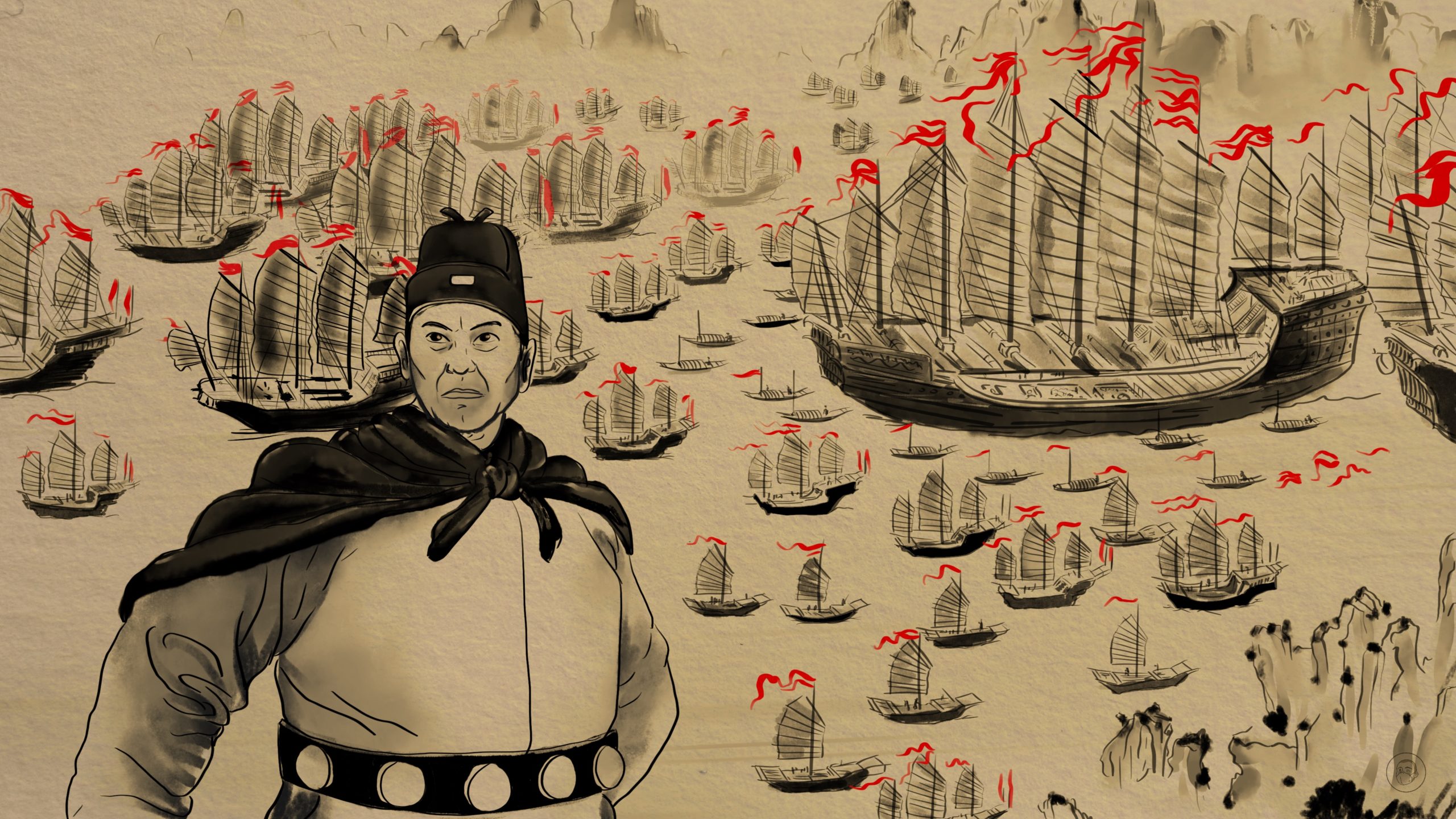
An admiral of China’s Ming Dynasty, Zheng He oversaw the construction of a huge fleet for the Yongle Emperor. The Emperor then sent him on a grand expedition in 1405, with Zheng only returning to China in 1433.
During that time, Zheng visited not just ports in countries already known to China in South and Southeast Asia but went even further. He visited ports in the Middle East which Chinese merchants had only previously visited by sailing on Muslim-owned ships. Zheng even reached the east coast of Africa over a century before European ships did likewise. His expedition left a legend behind wherever his fleet visited, of a fabled treasure fleet sailing to and from China. This partly resulted from the sheer scale of the Chinese vessels, with records showing them as the biggest wooden vessels ever built.
The Chinese also managed to solve the problem of a lack of fresh food on long ocean voyages, something Westerners would not have until the development of modern refrigeration systems. Specifically, the Chinese built their ships to include small farms where soybeans and other nutritious crops could grow.
Zheng’s success led to his appointment as military commander of Nanjing on his return to China. He died in either 1433 or 1435, with a tomb built in Nanjing in his honor. However, considering the nature of his achievements, Zheng’s body received a sea burial, with his empty tomb instead serving as a memorial.
Was this page helpful?
Our commitment to delivering trustworthy and engaging content is at the heart of what we do. Each fact on our site is contributed by real users like you, bringing a wealth of diverse insights and information. To ensure the highest standards of accuracy and reliability, our dedicated editors meticulously review each submission. This process guarantees that the facts we share are not only fascinating but also credible. Trust in our commitment to quality and authenticity as you explore and learn with us.

